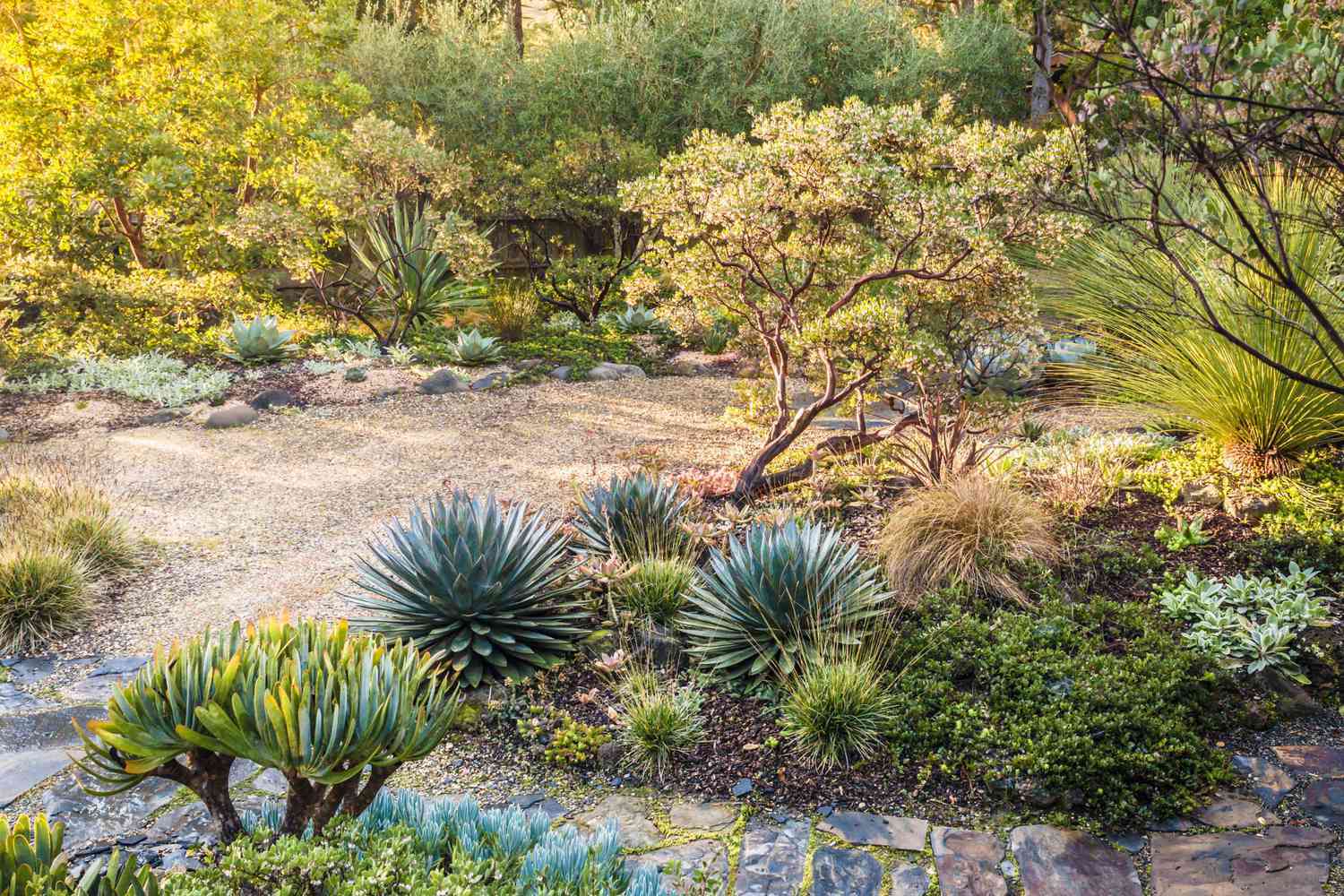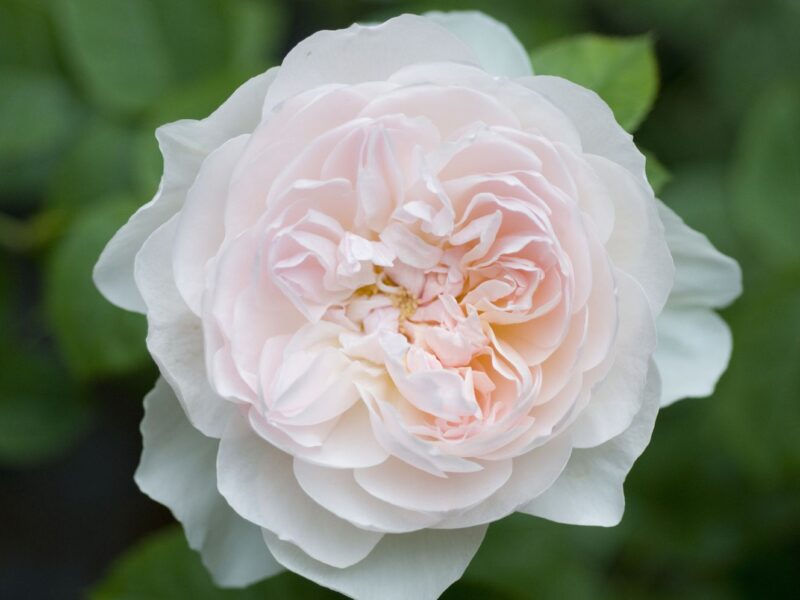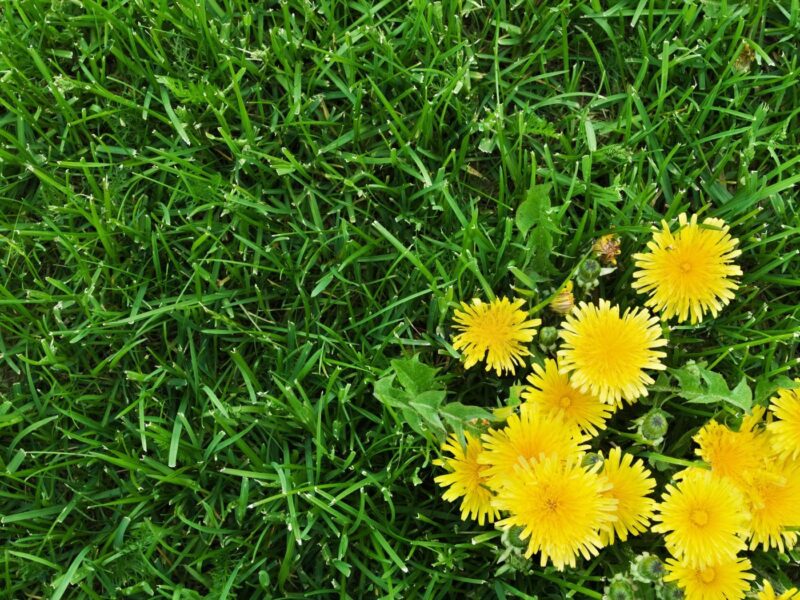
Should You Xeriscape a Yard That Gets a Lot of Shade?
Welcome to the world of xeriscaping! If you’re wondering what on earth that word means, you’ve come to the right place.
Xeriscaping is a landscaping technique that focuses on minimizing water usage while creating an aesthetically pleasing and sustainable yard. So, why should you consider xeriscaping your yard?
Well, there are plenty of benefits! Not only does xeriscaping help conserve water resources, but it also saves you money on your water bill and reduces maintenance requirements.
Definition of Xeriscaping
In a nutshell, xeriscaping is all about designing and maintaining a landscape using plants that are well-suited for arid or drought-prone regions. It involves choosing native or adaptive plants that have adapted to survive with less water. By selecting these plant varieties and implementing efficient watering techniques, xeriscape yards can thrive even in areas where water scarcity is a concern.
Brief Explanation of the Benefits of Xeriscaping
Xeriscaping offers numerous advantages that go beyond just saving water. One significant benefit is reduced irrigation needs. By using plants that are naturally adapted to the local climate, they require less supplemental watering compared to traditional lawns or ornamental plants.
This not only conserves water but also significantly lowers your water bills in the long run. Another advantage is the low-maintenance aspect of xeriscapes.
Once established, these landscapes require minimal upkeep because native plants tend to be hardy and resilient. Forget about constant mowing, fertilizing, and battling pest infestations – xeric gardens offer a more relaxed approach to landscaping without sacrificing beauty.
Mentioning the Challenge of Xeriscaping in a Shady Yard
While xeriscaping may seem like the perfect solution for water-conscious gardeners, it does come with its fair share of challenges, particularly when dealing with yards that receive a lot of shade. Shade is a game-changer in the world of plants since sunlight is an essential ingredient for photosynthesis and plant growth. When you have a shady yard or parts of your yard that are heavily shaded, it becomes trickier to find drought-tolerant plants that can thrive in low-light conditions.
That being said, if you dream of a lush, green, grassy yard, not all is lost just because you have a lot of shade! There are some grasses that thrive in shade!
Many xeriscaping plants prefer full sun or at least partial shade, making it necessary to carefully select shade-tolerant species and adapt your design techniques accordingly. Don’t worry; we’ve got you covered!
In the following sections, we’ll delve into the different aspects of shading and explore suitable plant choices and design strategies for xeriscaping your shady yard. So, let’s shed some light on this shady situation!
Differentiating between full shade, partial shade, and dappled shade
Before diving into the world of xeriscaping in a shady yard, it’s crucial to understand the different types of shade. Full shade refers to areas where direct sunlight is mostly blocked throughout the day. These spots receive very little to no direct sunlight.
Partial shade, on the other hand, receives some direct sunlight for part of the day but remains shaded for a significant portion of it. Dappled shade is a delightful mixture of light and shadow caused by trees or structures that partially block the sun’s rays.
Explaining how shade affects plant growth and water requirements
Shade can significantly impact plant growth and their water requirements. When plants don’t receive adequate sunlight due to shading, they undergo a process called etiolation.
Etiolation causes elongation of stems and leaves as plants stretch towards available light sources. This often results in spindly and weak growth.
Additionally, shaded areas tend to have reduced evaporation rates compared to sunny areas, leading to slower drying of soil. As a result, water requirements may be lower in shaded spots since less moisture is lost through evaporation.
Discussing the importance of assessing the level and duration of shade in your yard
Evaluating both the level and duration of shade in your yard is essential before embarking on xeriscaping endeavors. The intensity or level of shade determines which plants will thrive best in specific areas.
Some plants can tolerate deeper shades better than others while still maintaining their unique beauty. The duration of shade should also be considered since some plants can handle intermittent periods without direct sunlight better than those needing constant exposure.
By assessing these factors accurately, you can tailor your xeriscape design accordingly, ensuring that each plant chosen is suitable for the specific shade conditions in your yard. This thoughtful approach will help create a thriving and aesthetically pleasing landscape even in shaded areas.
Choosing Shade-Tolerant Plants for Xeriscaping
Overview of native plants that thrive in shaded environments
When it comes to xeriscaping a shady yard, selecting the right plants is crucial for a successful and visually appealing landscape. Fortunately, there are numerous native plants that can thrive in shaded environments with minimal water requirements.
These plants have adapted to the natural conditions of your region, making them hardy and well-suited to your yard. By choosing native species, you not only conserve water but also support local biodiversity.
Highlighting low-water perennials such as hostas, ferns, and coral bells
Low-water perennials are an excellent choice for xeriscaping shady yards as they require less frequent watering compared to traditional garden plants. Hostas are renowned for their elegant foliage and come in various shades of green and blue, adding a cool touch to any shaded area.
Ferns bring a lush and vibrant feel with their feathery fronds, creating an enchanting atmosphere. Coral bells (Heuchera) offer striking foliage colors ranging from deep burgundy to vibrant lime green, adding visual interest even without blooming.
Mentioning groundcovers like wild ginger or creeping phlox for shaded areas
Groundcovers play a vital role in shading out weeds while reducing evaporation from the soil surface. Wild ginger (Asarum canadense) is an excellent option as it thrives in shade and spreads slowly through rhizomes while suppressing weed growth effectively. Another attractive groundcover choice is creeping phlox (Phlox subulata), which forms dense mats of colorful flowers during spring while providing year-round interest with its evergreen foliage.
Introducing shrubs like azaleas or rhododendrons that can tolerate some shade
Shrubs add structure and depth to a xeriscape garden, and there are several shade-tolerant options to choose from. Azaleas are a classic choice, known for their vibrant blooms in shades of pink, purple, or white.
These hardy shrubs thrive in partial shade and come in both evergreen and deciduous varieties, offering year-round beauty. Rhododendrons are another fantastic option that can tolerate some shade.
With their large clusters of showy flowers in various colors, they bring a splash of vibrancy to any shaded corner of your yard. When selecting plants for your xeriscape design, ensure you consider the specific conditions of your shady yard.
The combination of low-water perennials, groundcovers, and shade-tolerant shrubs mentioned above can help create an alluring landscape that thrives without excessive watering even in the shadiest areas. Remember to use this list as a starting point and explore other native species that suit your local climate and personal preferences.

Designing a Xeriscape Plan for a Shady Yard
Importance of planning before implementing xeriscaping techniques
When it comes to transforming your shady yard into a beautiful and sustainable oasis through xeriscaping, proper planning is paramount. Before diving into the implementation of water-wise practices, take the time to carefully assess your yard’s specific conditions, including the level and duration of shade.
Understanding these factors will help you make informed decisions about which plants will thrive in your shady environment. Planning also allows you to consider other crucial elements such as soil quality, drainage, and any existing landscaping features that may need to be incorporated into your xeriscape design.
Discussing the principles of xeriscape design (e.g., grouping plants with similar water needs)
Xeriscape design follows several important principles that aim to maximize water efficiency while creating an aesthetically pleasing landscape. One key principle is grouping together plants with similar water needs.
By organizing plants based on their water requirements, you can more effectively manage irrigation and avoid overwatering or underwatering certain species. In the case of a shady yard, this becomes even more crucial since some shade-tolerant species may have different moisture needs compared to sun-loving plants typically associated with xeriscaping.
Providing tips on creating layers and textures using different shades of green foliage
Creating layers and textures using various shades of green foliage can significantly enhance the visual appeal of your xeriscape in a shaded yard. Start by selecting different types of shade-tolerant plants that offer varying leaf shapes, sizes, and textures.
For example, mix large-leaved hostas with delicate ferns or ornamental grasses to create interesting contrasts within your landscape. Consider incorporating taller shrubs or trees in the background for added height and depth.
By carefully arranging these plants in layers, you can achieve a multi-dimensional effect that adds intrigue and richness to your xeriscape design. Remember to consider the mature sizes of the plants when planning their placements to avoid overcrowding as they grow.
Designing a xeriscape plan for a shady yard requires thoughtful planning, adherence to xeriscape principles like grouping plants with similar water needs, and attention to creating layers and textures using different shades of green foliage. By investing time in proper planning and considering these design elements, you can create a stunning and water-wise landscape even in the shade.
Implementing Water-Saving Techniques in a Shady Xeriscape
Enhancing Water Retention with Soil Amendment
When it comes to xeriscaping a shady yard, one crucial aspect is improving the water retention capacity of the soil. Shaded areas tend to have moisture-related challenges, and amending the soil can be a game-changer.
By incorporating organic matter into the soil, such as compost or peat moss, you can boost its ability to hold onto moisture for longer periods. These amendments not only increase water retention but also enhance the overall structure and fertility of the soil.
Moisture-Holding Capacity: The Magic of Organic Matter
Organic matter is like an elixir for your shaded xeriscape. Not only does it help with water retention, but it also nourishes your plants by releasing essential nutrients over time. Compost or peat moss can be mixed into the top layer of soil before planting or applied as a top dressing around existing plants.
As these organic materials break down slowly, they create a spongy texture that allows for better water absorption and root penetration. Moreover, they act as natural reservoirs during dry spells, ensuring that your shade-loving plants stay hydrated even when rainfall is scarce.
Mulching: Your Secret Weapon Against Evaporation and Weeds
Mulching is an undeniable superhero in any xeriscape garden but holds particular significance in a shady yard. Applying a layer of mulch around your plants has multiple benefits that go beyond aesthetics. Firstly, mulch acts as an insulating blanket for the soil, reducing evaporation by sheltering it from direct sunlight and wind exposure.
It creates a microclimate that keeps moisture locked in and shields plant roots from temperature fluctuations common in shaded areas. Secondly, mulch helps suppress weed growth, which can be more challenging to control in a shady landscape due to limited sunlight.
By blocking out sunlight, mulch prevents weed seeds from germinating and competing with your desirable plants for water and nutrients. Organic mulches, such as wood chips or shredded leaves, also contribute to soil enrichment as they decompose over time.
Conclusion
As you venture into the world of xeriscaping a shady yard, it’s important to remember that even in areas where shade dominates, water-saving techniques can still be employed successfully. By amending the soil with organic matter like compost or peat moss, you can enhance its water retention capabilities while providing vital nutrients for your shade-loving plants. Additionally, using mulch as a protective layer will help reduce evaporation and keep pesky weeds at bay.
With these strategies in place, you can create a thriving xeriscape that not only conserves water but also celebrates the beauty of shade-adapted flora. Embrace the challenge and transform your shaded yard into an oasis of sustainable serenity.







